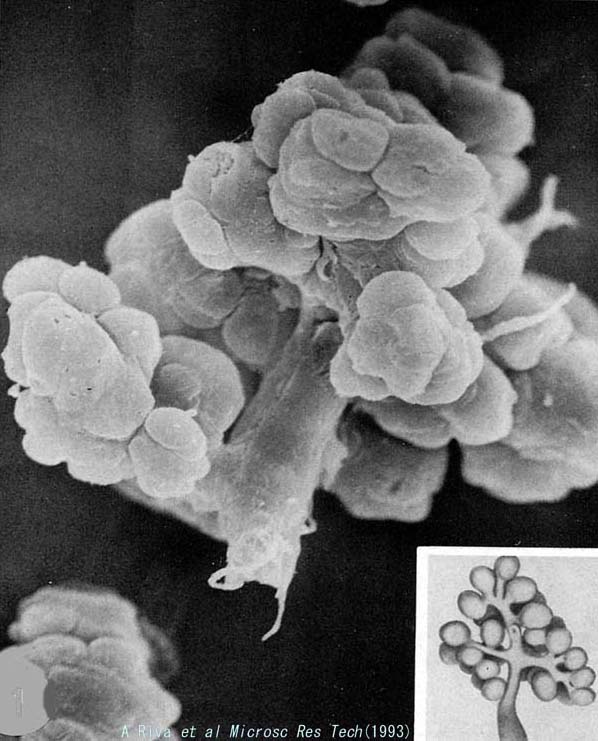
|
第3回ステンセンシンポジウムのトピックス(予定) A. 唾液による化学診断 1.唾液糖, 2.唾液ストレス物質, 3.唾液診断の生理・生化学的基盤, 4.内因性分泌蛋白による診断. B. 分泌蛋白のプロテオミクス 1.分泌刺激の種類と分泌蛋白の種類の関係, 2.顆粒内蛋白と分泌蛋白, 3.膜蛋白と分泌蛋白, 4.外因性蛋白の分泌機構. C. 唾液腺機能修飾による疾病治療 1.輸送体蛋白修飾による機能付与,2.自己免疫疾患への分泌機能付与,3.唾液分泌機能改善の全身疾病への効果. D. 環境変化に応じた唾液分泌調節の神経機構 1.のどの渇きと唾液分泌、2.唾液腺から中枢への求心性信号経路とその調節, 3.唾液核への信号入力調節, 4.進化と唾液腺. E. 唾液腺構造分化と機能発現 1.腺房構造形成の遺伝子調節,2.腺房形成と機能形成の関係,3.唾液腺組織工学の治療への応用と問題点. F. 分泌顆粒の機能形態 1.単離顆粒膜輸送特性, 2.単離顆粒蛋白の物理的存在状態, 3.顆粒成熟機構, 4.顆粒放出機構. G & H. 経細胞/傍細胞輸送調節 1.細胞間隙の唾液分泌への寄与, 2.細胞間隙機能調節と構造変化, 3.細胞間隙調節の分子機構, 4.腺房(分泌終末)細胞の水電解質分泌機構, 5.導管細胞の水電解質輸送機構. |

|
Tentative Topics of the 3rd Stensen Symposium
A. Clinical examination using saliva: 1. Salivary glucose, 2. Salivary stress indicators, 3. Physiological and biochemical basis of clinical examination using saliva, 4. Examination using intrinsic salivary proteins. B. Proteomics of secretory proteins: 1. Is population of secreted proteins dependent on kinds of stimulation?, 2. Intragranular proteins and secreted proteins, 3. Membrane proteins and secreted proteins, 4. Secretory mechanism for extrinsic proteins. C. Clinical therapy using modulation of salivary secretion: 1. Modulation of transporter proteins for functional recovery of salivation, 2. Functional modulation of secretion applied to autoimmune diseases, 3. Influence of improvement of salivary secretion on systemic diseases. D. Neural control of salivary secretion in response to environmental changes: 1. Thirst and salivary secretion, 2. Afferent fibers from salivary gland, 3. Input control mechanism at salivatory nucleus, 4. Evolution and salivary gland. E. Structural differentiation and functional expression of salivary gland: 1. Gene control of morphogensis for acinar structure, 2. Relationship between acinar morphogenesis and functional manifestation, 3. Tissue engineering of salivary gland: clinical application and its problems. F. Functional morphology of secretory granules: 1. Transport characteristics of granular membrane, 2. Physical state of intragranular proteins, 3. Maturation mechanism of secretory granules, 4. Release mechanism of secretory proteins. G & H. Control of transport via trans/para-cellular routes: 1. Contribution of paracellular route to produce primary saliva, 2. Control of paracellular transport and its morphological evidence, 3. Molecular mechanism for control of paracellular transport, 4. Membrane transporters for transcellular transport and their controls. |
















